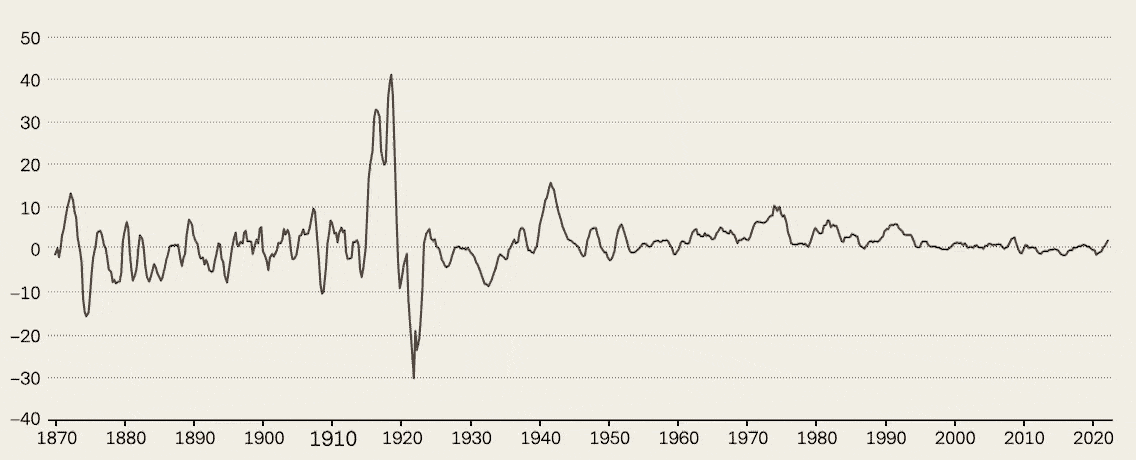What drives inflation rates?
Between “enemy of the state” and debt policy’s “pet”
Originally published at 29.01.2022 da Michaela Huber, Reto Cueni, Stefan Eppenberger Tempo di lettura: 4 minuti

Until recently, inflation was an (almost) forgotten specter of the past. Nowadays, one inflation catchline is followed closely by the next – and not only in the economic press. In this article, three economists expose and debunk the fears that lie at the heart of the subject.
Find out more about what exactly inflation is, how it arises and the three most common types of inflation.
Inflation as political ballgame
Russian revolutionary Vladimir Lenin dubbed it a way to “crush the bourgeoisie”. Gerald Ford, the 38th president of the United States, declared it “enemy of the state”. Ronald Reagan described it as “as violent as a mugger, as frightening as an armed robber and as deadly as a hit man”.
If leading statesmen need to resort to metaphors which conjure up images of armed conflict in order to make inflation comprehensible what actually is the cause of this inflation angst – this reflex reaction which many of us have when faced with the subject?
At a time when the subject is the focus of the world’s economies and politicians – from left to right and everything in between – is it worth taking a good look at the sobering facts.
BRIEF DEFINITION
What is inflation?
The term “inflation” describes a general increase in the prices of goods and services in an economy. This “general increase” for a variety of goods and services is important – inflation does not arise due to one item becoming more expensive, it only occurs when there is a broad-based increase of prices. Over time, this price increase results in a decline of the purchasing power of a given currency in an economy.
Imported inflation
In this respect, inflation can not only have implications for a country’s domestic currency. It can also affect the country’s foreign exchange rate with other countries and have consequences for trading goods and services. This is because the more a country’s currency depreciates on the foreign exchange market, the higher the price of imports it must pay. Thus, imported raw materials or energy impact a country’s domestic costs of production.
What are the main causes of inflation?
The fact that prices were going to rise in 2021 was not a surprise for most analysts. So-called baseline effects, supply-chain bottlenecks and the strong economic upswing following the pandemic all indicated that it was only a matter of time before a certain level of inflation would take hold.
We define the main reasons for inflation factors according to the time horizons of their impact. In our analyses, therefore, we distinguish between short, medium and long-term factors.
Three factors which drive prices higher
Inflationary shocks in context: USA vs. Switzerland from 1870 to 2022
At 8.54%, the inflation figures for March 2022, published in April, are significantly higher in the U.S. than the 2.4% reported for Switzerland. However, this was not always the case, as a historical look at the last 150 years shows. The following chart is based on Consumer Price Index data (CPI). The figures for Switzerland before 1922 are based on estimates by researchers.
Before World War II, inflationary shocks in Switzerland were higher than in the U.S.

▬ Inflation rates in the USA 2022 back to 1870 (in %)
▬ Inflation rates in Switzerland 2022 back to 1870 (in %)
© Vontobel 2022, based on research by Niko Hauzenberger, Daniel Kaufmann, Rebecca Stuart, Cédric Tille: “Interest rates in Switzerland 1852–2020”, Fundamentals for Economic Policy No. 24, State Secretariat for Economic Affairs SECO, Bern, Switzerland (2021), as well as on data of the Federal Statistical Office (FSO), Global Financial Data, Refinitiv Datastream.

The most common types of inflation
What types of inflation do economists distinguish between?
- In textbooks, we read most often about “demand-pull” and “cost-push”.
- There are also more extreme forms such as “stagflation”.
Demand-pull inflation
This occurs when the demand in an economy outpaces the supply, thereby pulling up prices. But just exactly how can demand overtake supply?

Cost-push inflation
This arises when demand remains the same while the supply of goods or services is limited, thereby pushing up prices.
This can, for example, be the case when there is a significant shortage in raw materials or in labor.

Stagflation
When everything bad comes together
The term “stagflation” describes a situation that is characterized by four factors: rising prices, stagnating economic growth, disappointing corporate earnings, and high unemployment.
While economists disagree on the causes of stagflation, arguments such as poor economic policies and supply shocks are cited the most often.

The most common types of inflation
What types of inflation do economists distinguish between?
- In textbooks, we read most often about “demand-pull” and “cost-push”.
- There are also more extreme forms such as “stagflation”.
Demand-pull inflation
This occurs when the demand in an economy outpaces the supply, thereby pulling up prices. But just exactly how can demand overtake supply?

Cost-push inflation
This arises when demand remains the same while the supply of goods or services is limited, thereby pushing up prices.
This can, for example, be the case when there is a significant shortage in raw materials or in labor.

Stagflation
When everything bad comes together
The term “stagflation” describes a situation that is characterized by four factors: rising prices, stagnating economic growth, disappointing corporate earnings, and high unemployment.
While economists disagree on the causes of stagflation, arguments such as poor economic policies and supply shocks are cited the most often.
Winners and losers in an inflationary environment
Who suffers the most when prices are rising? First and foremost, the savers – because higher prices lower the real value of their savings.
Employees who are tied to fixed-wage contracts are also impacted, as are credit allocators such as banks who have fixed interest-rate returns on the money they have loaned. Then there are the importers whose goods typically become more expensive when their domestic currency loses value against currencies with lower rates of inflation.
Others, though, profit from higher prices: as a rule, anyone with debts at a nominal fixed interest rate, such as indebted governments, companies and private households.
Companies with high levels of debt typically also benefit. Often, an inflationary environment makes it possible for them to pass on higher production prices to consumers. The “additional money” which is generated can be used to service existing debt.
In addition, private individuals who have invested in so-called inflation hedging (material assets such as real estate, commodities or gold) also benefit when the value of their investments increases.
Anche da leggere in questo contesto






